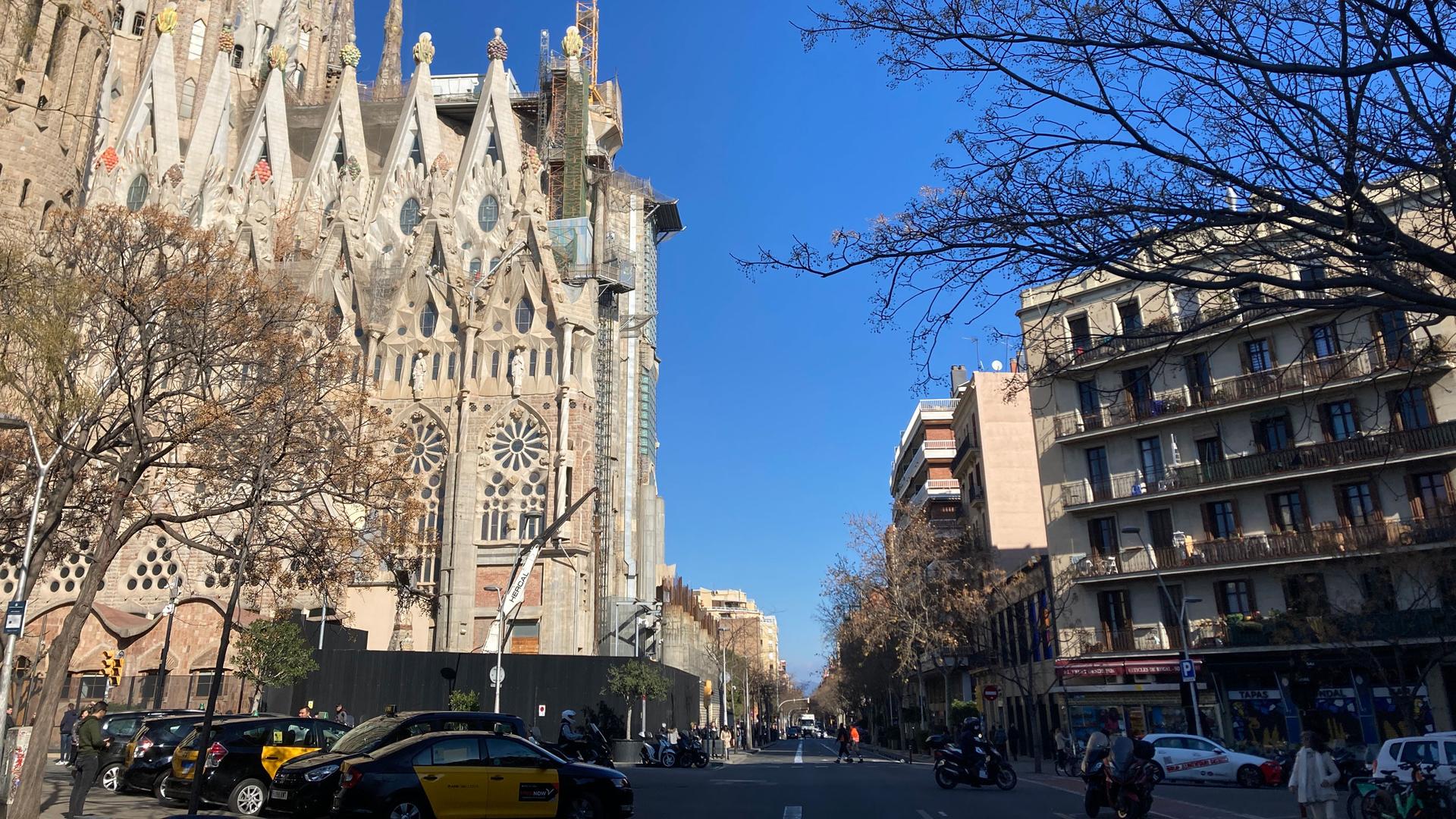Every day, thousands of people from all across the world visit the Sagrada Familía basilica. Visitors marvel at its immensity, the organic shapes inspired by nature and the religious symbolism behind every detail.
But for all the grandiosity and opulence of the temple, its front, the Glory façade, has yet to be built. And plans to construct its front entrance have become controversial — particularly for nearby residents.
The main entrance will rise 50 feet above street level. A giant stairway will descend from it into a pedestrian avenue, stretching over two blocks. From the avenue, the view of the Sagrada Familía will be magnificent.
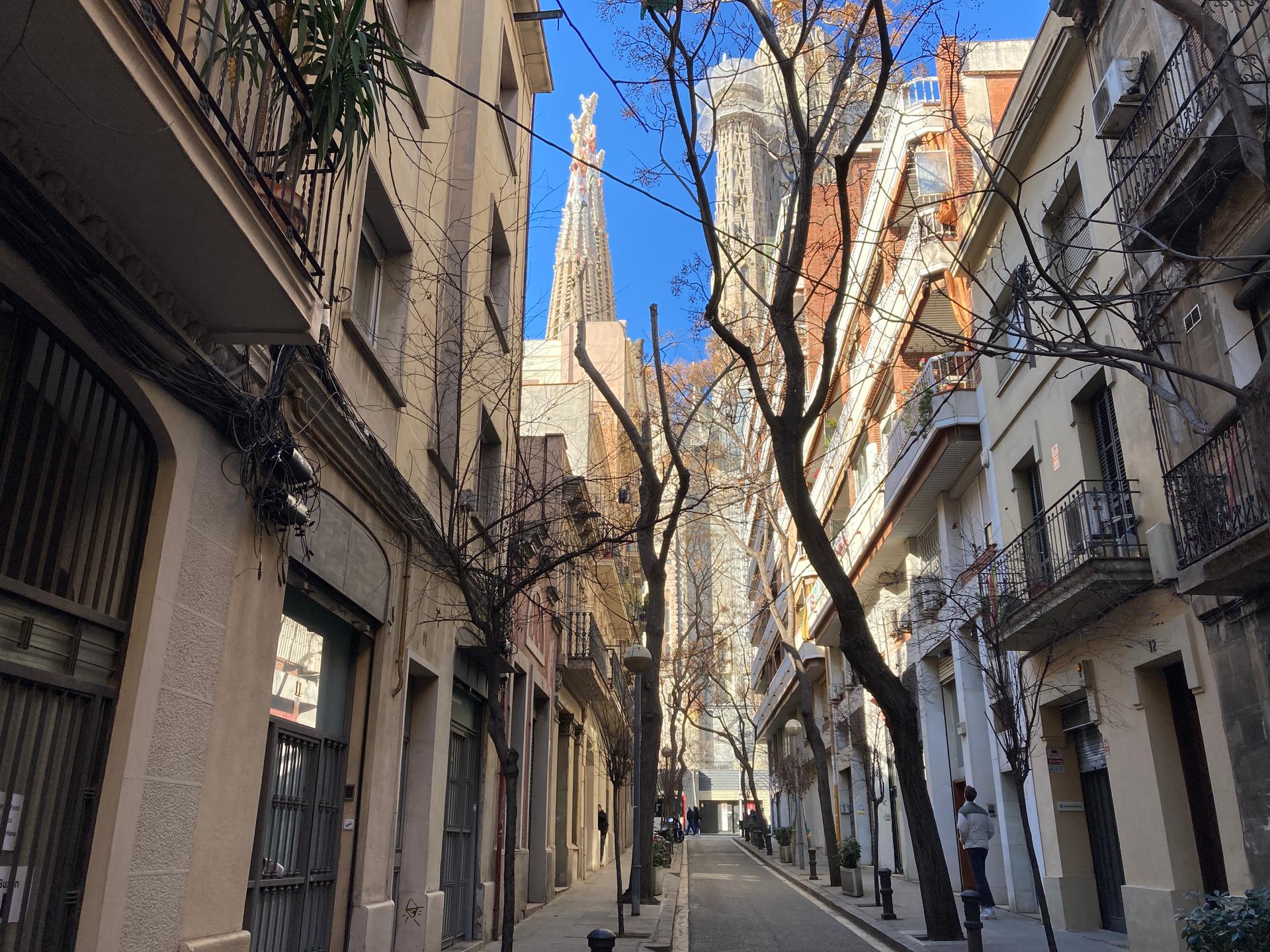
But there’s one caveat — the area is full of residential homes.
Maria Teresa Grevolosa, 77, and her husband, Albert Herrando, 81, live in an apartment on the sixth floor of a residential complex, right in front of the basilica.
“We’ve been here for 43 years, Herrando said. “We don’t want to leave, we’re good here.”
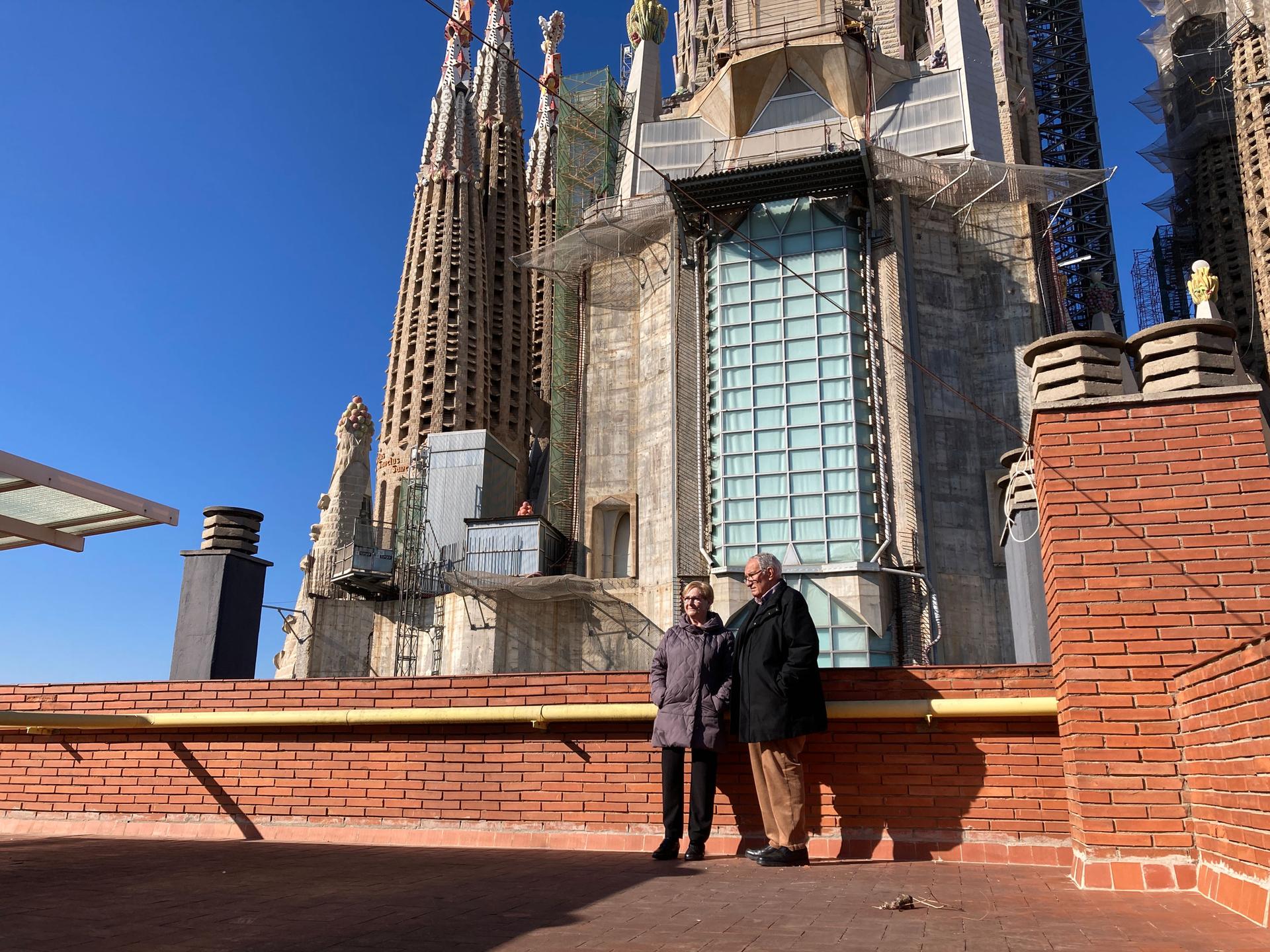
They said they had absolutely no idea that they might eventually have to leave for the basilica to be completed.
When she first heard that their house might get demolished, Grevoloso said she couldn’t sleep and they continued to worry about it.
Up to 3,000 others live or work in buildings that would be demolished. Some residents have created an association to defend their right to stay, and Francesc Pla is the vice president.
Sagrada Familía must adapt to the neighborhood, not the other way around, Pla said. He grew up in the area, and owns a pharmacy, also located in the designated construction area.
“It’s like a sword hanging over our heads,” he said. “Not knowing whether, or when, they’ll be kicked out.”
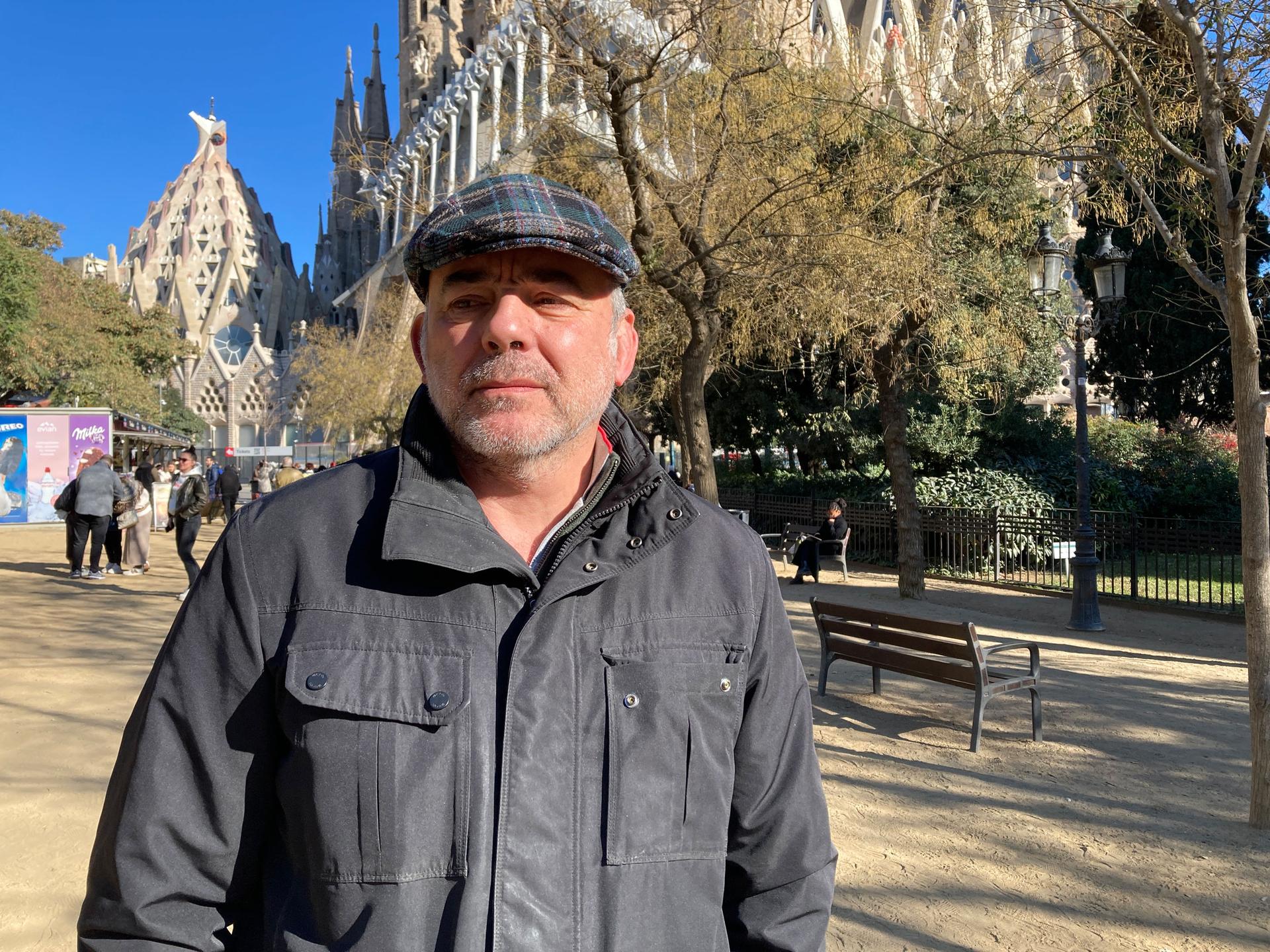
The issue is a hot potato for the Barcelona City Council, which must decide what to do. The completion of the basilica always seemed far off, so mayors came and went, leaving it for the next.
Tired of waiting for local authorities to give a clear answer, neighbors have turned to the courts.
In their lawsuits, they say the Glory façade stairway was never Gaudí’s idea.
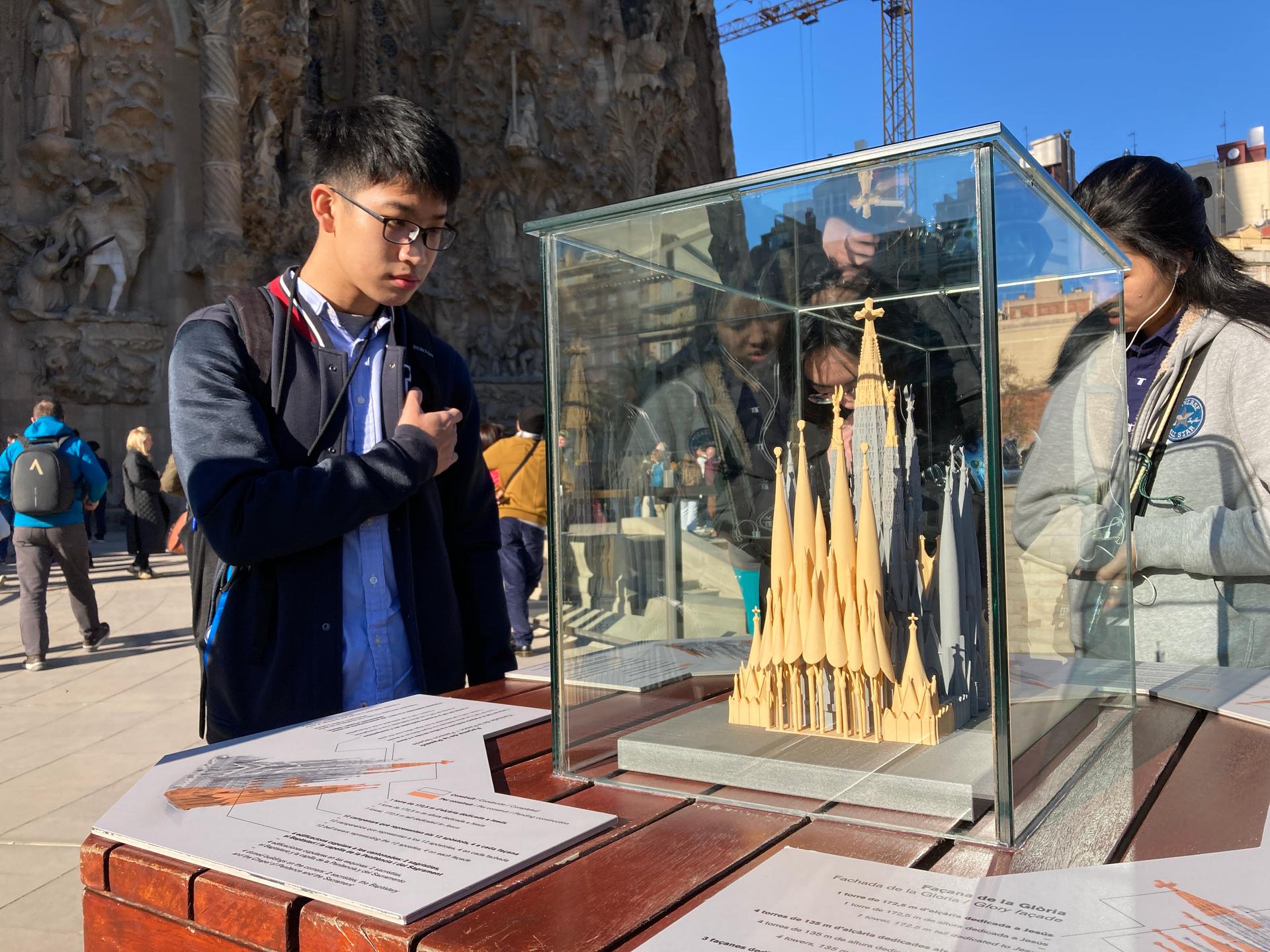
Julià Bretos, a writer who specializes in the history of the Sagrada Familía, disagrees.
“There’s no doubt the stairway was designed by Gaudí,” he said.
As a legal argument, neighbors cite a Spanish government memo from the 1970s, which ruled the stairway was not in Gaudí’s original plans, and authorized for the apartment complex to be built right in front of the temple.
Bretos said that was wrong.
“Almost all Sagrada Familía plans were destroyed during the Spanish Civil War,” he said. “So, Gaudí’s project had to be reconstructed, arduously, from photos, maquettes and his assistants’ accounts.”
Back in the ’70s, some documents that proved Gaudí’s authorship had not yet been found, Bretos said, and they didn’t know as much about the Sagrada Familía original plans as we do today.
Mistaken or not, that government memo set a precedent — further complicating matters for authorities.
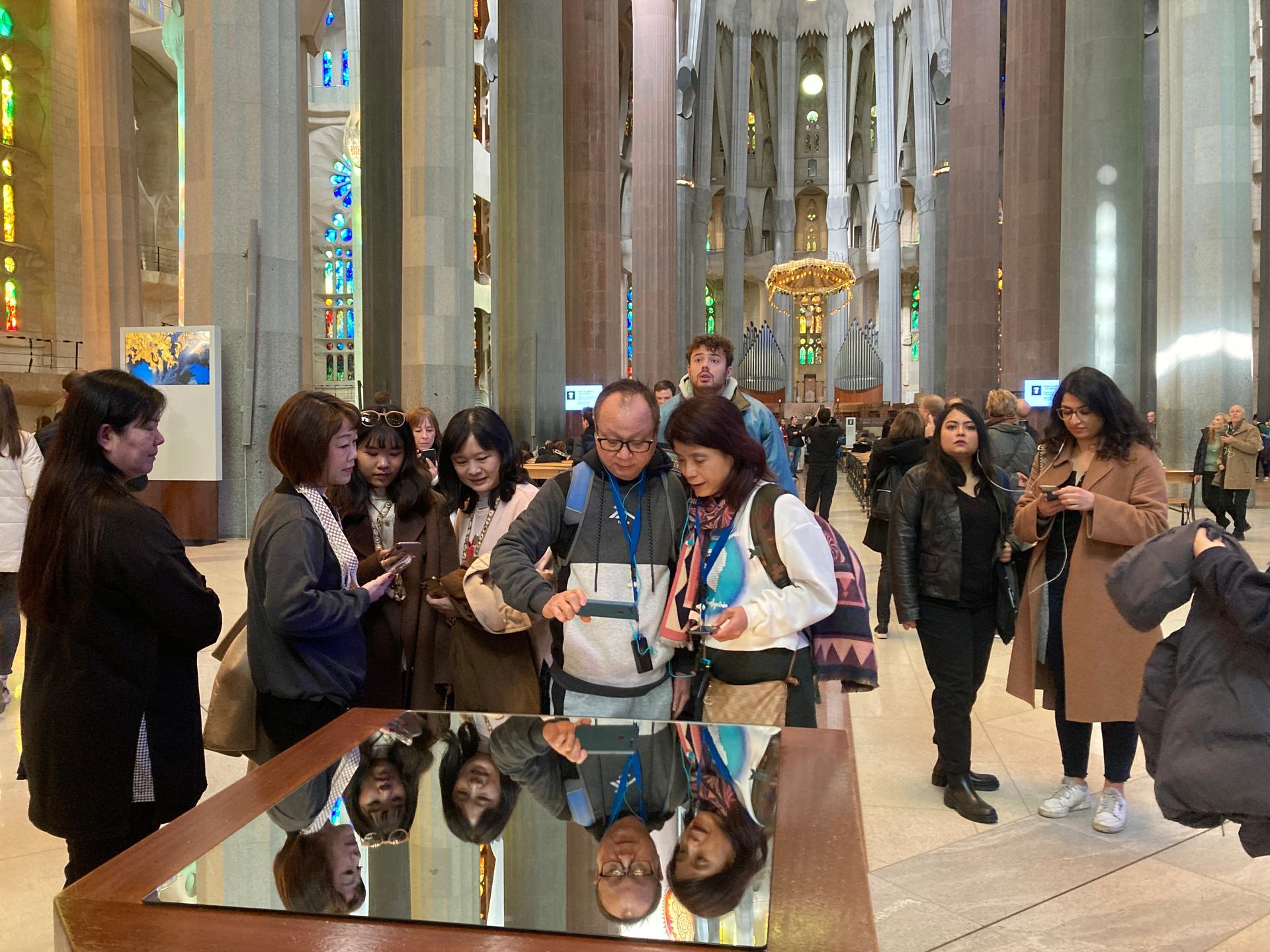
Architect Enric Massip-Bosch was hired a few years ago by the City Council to study how to solve the urban conundrum posed by the completion of the Sagrada Familía.
“For Barcelonians, it was always very hard to imagine the Sagrada Familía could ever be finished,” he said. “The city tolerated the construction always in temporary terms, in precarious terms.”
But temporary could mean a lifetime.
Residents hope that in solving the Glory façade conflict, a final completion date can be set. Massip-Bosch said he has already suggesteda plan to the City Council to relocate all affected families “on the same blocks or nearby.”
Until a final decision is made, the future is uncertain.
